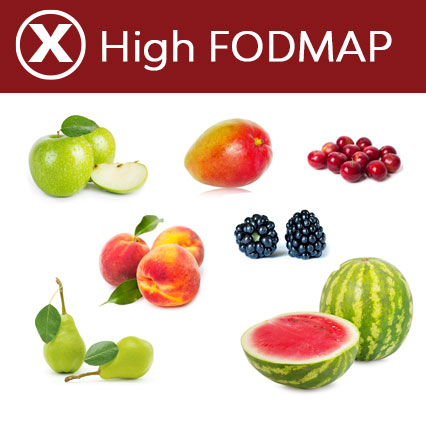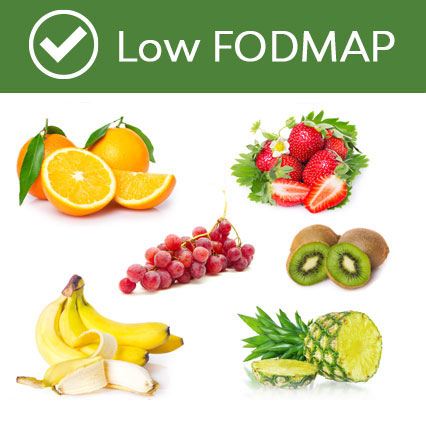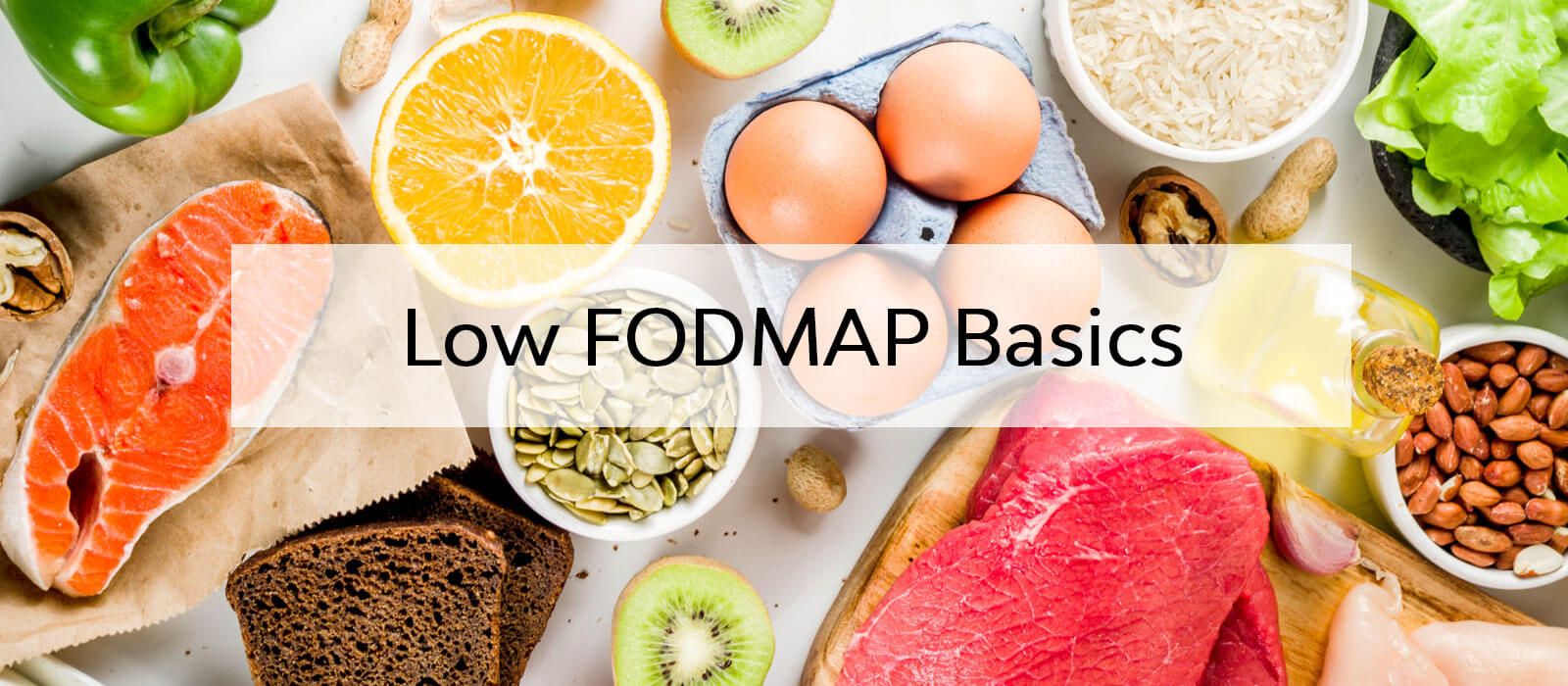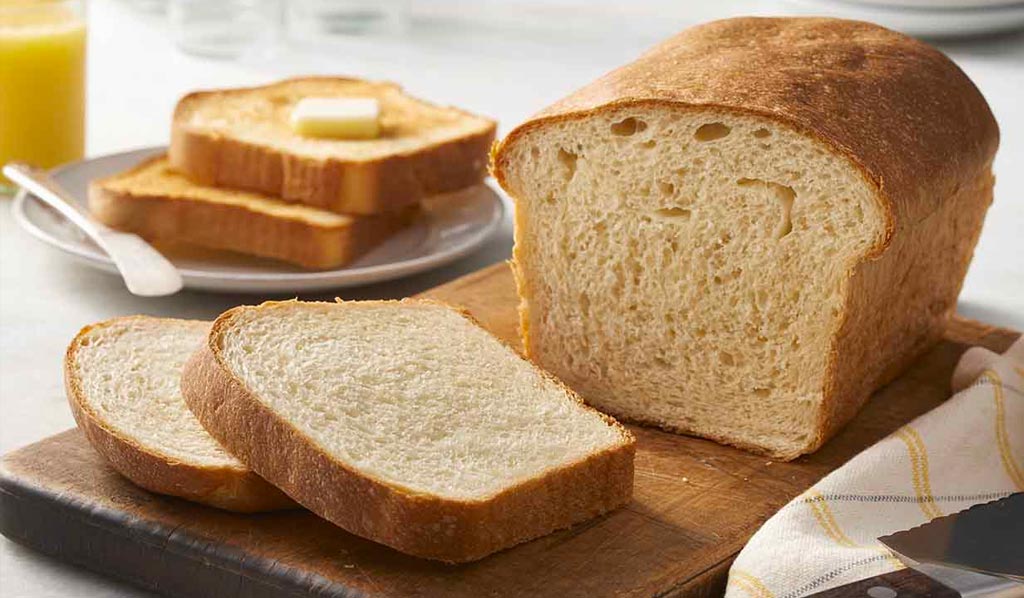The phrase “trust your gut” takes on a whole new meaning when you’re writhing in abdominal pain, experiencing bloating, or suffering from bouts of diarrhea and/or constipation. If this what you experience on a regular basis, it might be time to learn about the Low FODMAP Basics.
All of these are symptoms of Irritable Bowel Syndrome (IBS), a condition that affects at least one in seven people. While some argue that the syndrome is “incurable”, it’s generally agreed that the symptoms can be treated with a low FODMAP diet.
What is Low FODMAP?
FODMAP stands for Fermentable Oligosaccharides, Disaccharides, Monosaccharides, and Polyols. All of these are sugars that cannot be properly digested in the intestines by people with IBS. A low FODMAP diet reduces the symptoms brought on by IBS by lessening the amount of these four sugars your intestines are trying to digest. As a result, many people with IBS have found that by the diet, their symptoms are greatly reduced if not completely eliminated from their lives.
These sugars are found in certain foods of every food group. The good news is there are alternatives to these foods in every food group that meet low FODMAP guidelines as well. For instance, in the fruit category, apples, peaches and plums are high FODMAP fruits, but oranges, grapes and strawberries are low.
Low FODMAP Basics Food List - at a Glance:


Similarly, in the grains group, wheat and many commercial cereals are on the high side, while sourdough and oats are are considered low. The diet does not ask you to give up all of any one food group, so followers are still getting a variety of nutrients without pain and discomfort.
Getting Started – the Low FODMAP Basics Diet
It is recommended to first consult with your doctor or a nutritionist before switching to a low FODMAP diet, as it is considered a specialized medical nutritional therapy and needs to be tailored to for your body and personal health condition.
The low FODMAP diet is broken down into three phases: elimination, re-challenge and reintroduction, and then adapted FODMAP diet. Challenge is where you begin reintroducing foods, one at a time. If no symptoms return, you can re-introduce that food, and begin the challenge process with a second food.
Your adapted FODMAP diet will be specific to you and will incorporate a variety of foods that will be best suited to your needs.
MariGold’s Low FODMAP Foods
Marigold offers a line of bars and nuts that are crafted with ingredients like whey protein isolate from grass-fed cows, blanched almond meal, pecans and grass-fed ghee. Our products are free of lactose and casein, which can deeply upset the intestines of people with IBS and even make those without IBS uncomfortable.
All of our bars have less than 4 grams of sugar and are free of gluten, hormones, antibiotics and GMO. You can read more about the quality of our ingredients here.
A low FODMAP diet still includes so many flavorful foods, but one of the things people who follow the diet lose is the ease of grabbing something compliant on the go.
Marigold’s low FODMAP products make it easier to stick to your plan and eliminate the risk of grabbing a snack that is only going to make you feel miserable afterward.
Enjoy one of our great tasting snacks without any consequences!
For more information regarding the low FODMAP basics and diet, as well as a great resource of recipes and related nutritional topics, we recommend checking out the “A Little Bit Yummy” blog by Alana Scott.









